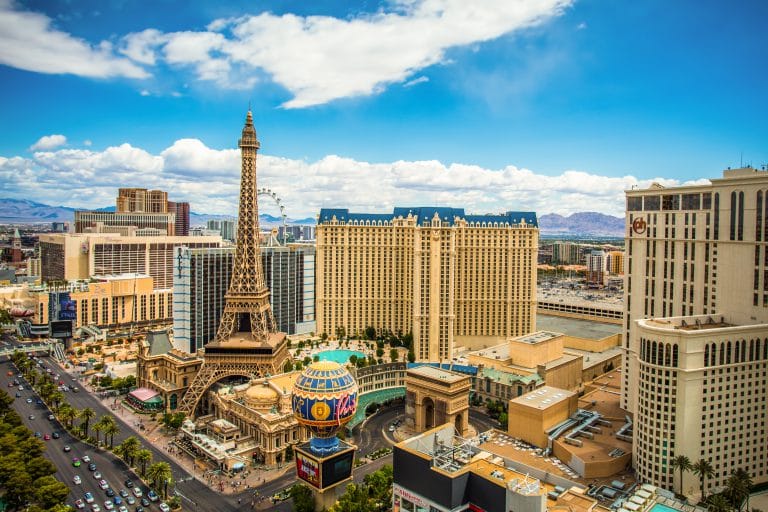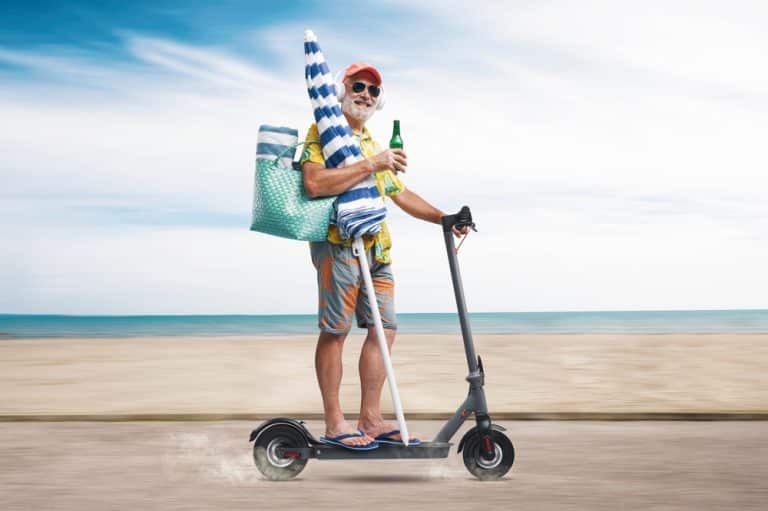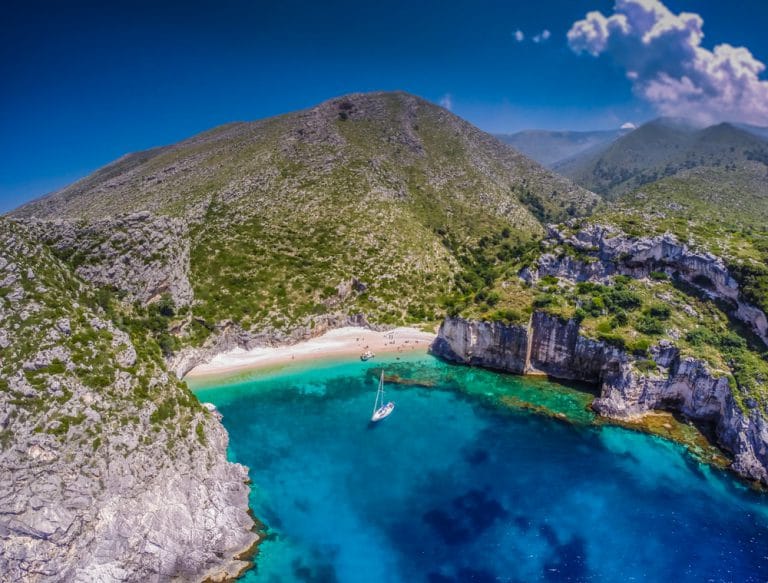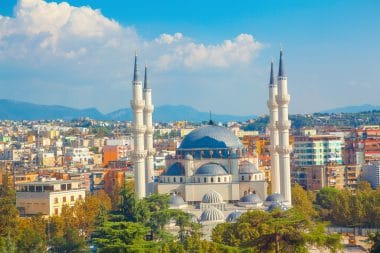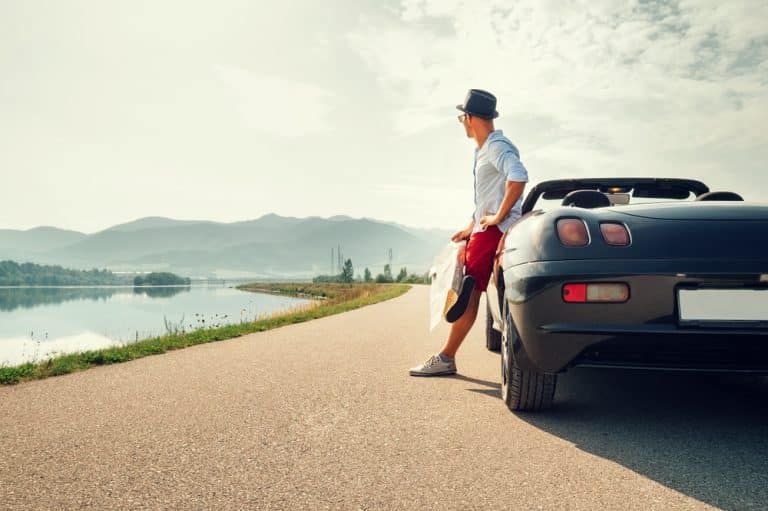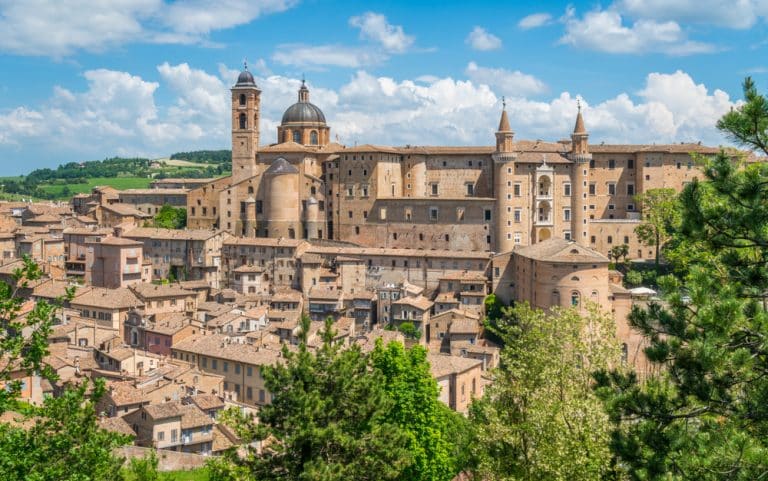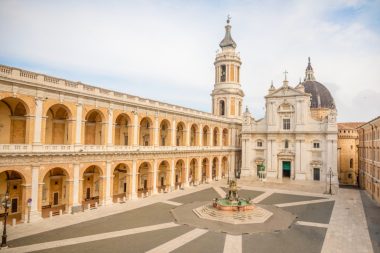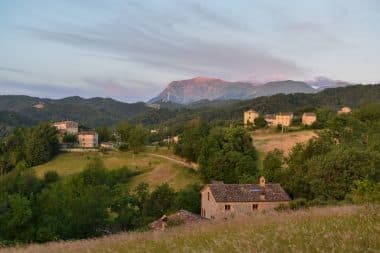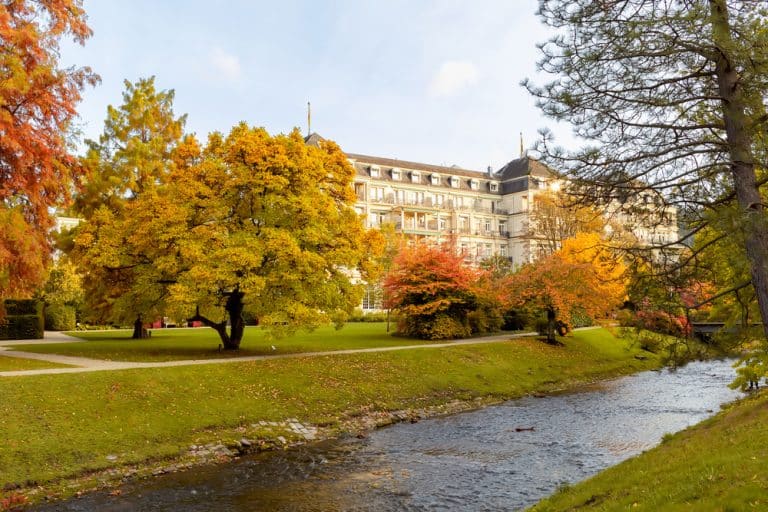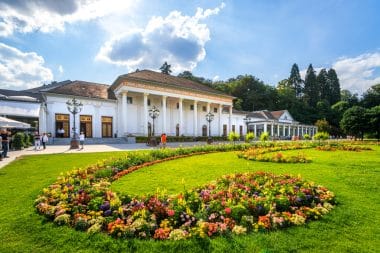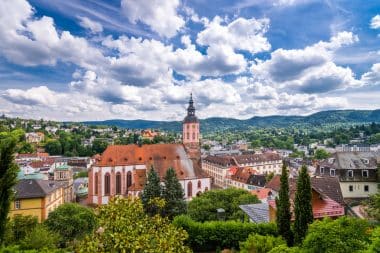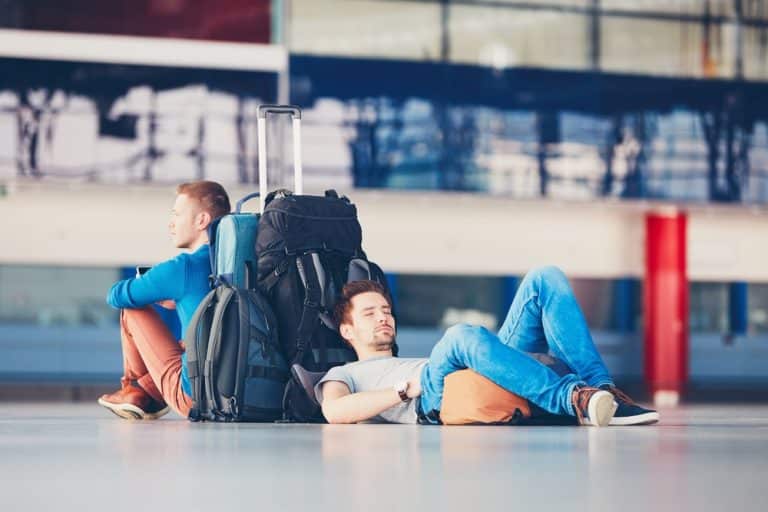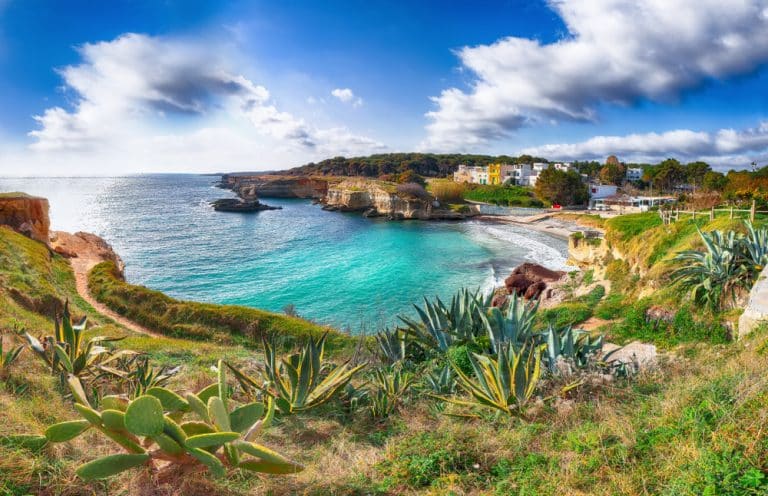Who doesn’t know it, the city in the middle of nowhere in Nevada? Las Vegas, the largest city in Nevada and probably also the most famous.
Nicknamed “Sin City,” it is considered an Eldorado for gambling, and is notorious for its impromptu weddings, neon signs, glitter, and incomparably luxurious and uniquely appointed hotels.
The center of the city actually consists only of hotels. That’s why you can often find great accommodation options for low prices. If you choose intelligently from the gigantic selection of hotels, most of which have high quality and comfortable room facilities, you will find yourself in an incredible setting at a bargain price.
The large and well-known hotels offer entertainment such as restaurants, shows or casinos. The rooms almost play a minor role.
Casinos, shows and pure entertainment line the Strip, Las Vegas Boulevard.
The hotels of this city know no borders, luxury and glittering highlights are normality in Las Vegas.
Some of the most dazzling noble accommodations in this city, where you should definitely spend the night:
Bella Italia at the Bellagio
The Bellagio brings Bella Italia to Las Vegas and captivates with Italian style. Known from the films Oceans Eleven and Ocean’s 13, this luxury hotel has achieved cult status. The artificial lake is supposed to embody Lake Como and the name comes from the village of the same name. The whole hotel is adapted to the landscape of Lake Como.
The Bellagio Fountains are known to everyone and conjure up a picture that everyone knows without ever having been to Las Vegas. Every evening, onlookers watch the spectacle.
Particularly impressive are the seasonal themes, which are located in the entrance hall. Cirque du Soleil is a guest on site, and culture enthusiasts can admire ever-changing exhibitions in the art gallery.
Bonjour at the Hotel Paris
Here you will come across a Paris that has been faithfully recreated in the form of a hotel. The Eiffel Tower, the Louvre, the Opera, the Arc de Triomphe and even typical Parisian streets can be found in this hotel, which is located opposite the Bellagio and offers a view of the famous fountains.
Action in the Stratosphere Tower

This hotel is made for people for whom the glittering city is not enough, because at dizzying heights the guest can not only enjoy a spectacular view. No, thrills are guaranteed, because “The Ride”, “Big Shot” or a Sky Jump ensure that action at lofty heights is guaranteed. After all, it is the highest Sky Jump in the world. The “Big Shot” offers weightlessness for a short period of time and “The Ride” allows views into the depths of a chain carousel.
At 350 meters, the tower is the tallest free-standing building west of the Mississippi River in the United States.
Live like a Roman emperor at Caesars Palace
This hotel boasts Roman architecture and reflects the mighty splendor of Gaius Julius Caesar. Fountains, columns, a casino by the pool of Fortuna or a dip in the “Garden of the Gods” bring the old Roman empire to life and immerse guests in the decadence of antiquity. The Colosseum is used for performances, just like in the old days. Lovers of antiquity will get their money’s worth in this Roman palace.
Another classic – MGM Grand Hotel

This hotel is one of the largest and most luxurious hotels in the world. Particularly impressive are the so-called Skylofts, which extend over two floors on the upper floors of the hotel.
Most people also know this hotel from the movie Ocean’s Eleven. Boxing matches are held in the MGM Grand Garden Arena, which can also be seen in the film. David Copperfield also performs on the stages of this hotel with his shows.
In modern ARIA
Even a luxury hotel, the Aria doesn’t look like it does from the outside as it does from the interior, which plays all the pieces. Sky suites and luxurious furnishings give the hotel that certain something. It is considered a venue for poker tournaments.
In the footsteps of the ancient Egyptians in Luxor

Despite the elaborate design according to Egyptian tradition, a pyramid, an obelisk, the Sphinx, the prices at the Luxor are affordable. The beam of light, which is directed vertically upwards at the top of the pyramid in the Luxor, can be seen from the entire valley around Las Vegas due to its immense luminosity.
The hotels themselves offer every kind of entertainment: gambling, shows and other forms of entertainment don’t let Las Vegas sleep. There are so many opportunities here for soldiers of fortune, but also for simple people who are looking for something special. Glitz and glamour, reality and appearance, all this is Las Vegas with its countless hotels, all of which are interesting and worth seeing.
Las Vegas and the endless nights tempt you to commit many a sin. But don’t worry, the city is discreet.
“What happens in Vegas stays in Vegas” is the slogan of the city, which seduces you to all kinds of things, but reveals nothing


